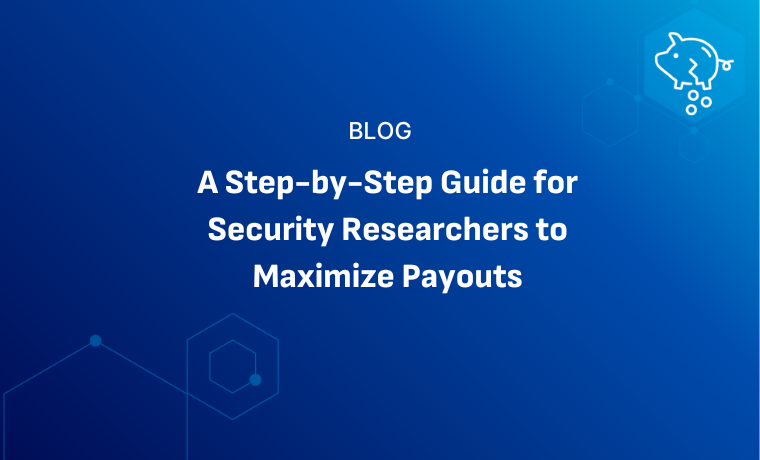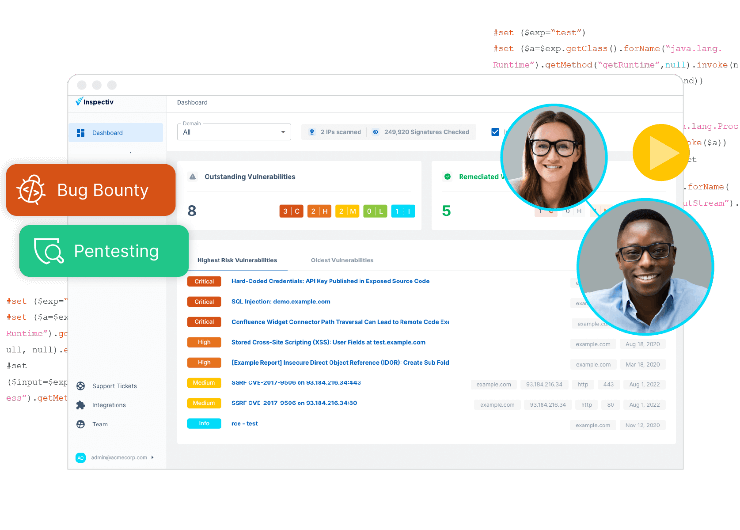Between bring-your-own-device (BYOD) policies, the Internet of Things (IoT), a rapid rise in cloud computing, and a highly mobile workforce, the potential attack surface for most organizations is bigger and broader than ever. Security teams have their hands full.
We all know that the risks are increasing. One recent report cites that security vulnerabilities and breaches jumped from 1,000 in 2002 to more than 23,000 a decade later. And it’s not just new vulnerabilities that we have to worry about: According to Check Point’s Cyber Security Report 2021, 80% of reported attacks in 2020 utilized vulnerabilities that were reported in 2017 or earlier.
It’s more critical than ever that security teams have the ability to efficiently discover and risk assess vulnerabilities so they know what to prioritize, and work to strengthen their overall security posture in order to protect their customers, employees, and brand.
So where can your organization get started?
How to Take Your Cybersecurity Program to the Next Level
Following a few best practices can completely reshape a security program for the better. Here are a three proven ways to strengthen your security posture:
1. Conduct regular, in-depth vulnerability analysis and threat detection
Most organizations only conduct penetration testing once a year or when it’s required for compliance. That testing pace isn’t fast enough to keep up with cybercriminals or cybersecurity insurance requirements.
There was a time when organizations could get by without building out a structured method to research, evaluate, and respond to vulnerabilities and other identified bugs. Those days are long gone.
Why?
For one, the pace of technological change has increased. Bad actors are constantly on the offense, seizing vulnerabilities, identifying security measures, and adjusting their tactics.
At the same time, many organizations are changing their business structures and methods without updating their cybersecurity approach. For instance, many software development teams have done away with waterfall approaches. However, not all developers are proactively weaving security into initial designs. That could be leaving holes in the organization’s cybersecurity plans.
That’s why it’s critical for security teams to conduct regular vulnerability assessments and monitor threats. To cut off attacks before they happen in this shifting technological landscape, organizations need to build proactive security strategies, actively manage vulnerabilities, and constantly refresh their threat intelligence.
2. Develop a consistent, visible way to capture, track, and prioritize vulnerabilities
Proactively planning for vulnerability discovery and management boosts security in several ways. First, it’s a common compliance and cybersecurity insurance requirement. Second, it helps security teams make the most use of their time if resources are limited. That’s because cyber criminals tend to act fast. In fact, most CVEs are exploited within 90 days of public disclosure, with the majority exploited in the first 30 days.
The bottom line?
Security teams need to adopt efficient and consistent methods to identify, document, prioritize, track, and resolve vulnerabilities. This will not only help reduce risk throughout the enterprise, but also make it easier to meet both internal and external reporting requirements.
3. Go beyond stakeholder buy-in and aim for workforce evangelism
To lift cybersecurity to a new level, organizations can’t treat online safety as solely an online security team or IT department’s responsibility. Next-level security requires organizations to go beyond passive computer-based training and one-way messaging. Instead, they need to help the workforce understand why and when they play a critical role in cybersecurity.
Here are a few steps to build a cybersecurity-focused workforce:
- Develop organization-wide trust: It’s common for the workforce to misunderstand what security teams are trying to accomplish with safety protocols. Often, workers will assume security teams are being overly cautious, or that their own actions have little impact on the company’s cybersecurity efforts. The easiest way to dispel these myths is to be transparent and actively communicate the security team’s intentions. This can increase credibility and encourage buy-in from employees.
- Bake digital safety practices into the culture: Another way to spread safety best practices across the organization is to establish and reinforce a culture in which employees are comfortable reporting potential issues. When employees feel free to speak up, they’ll provide an extra layer of security to the organization.
- Keep employees updated: By providing frequent communications, security can help employees feel more invested in cybersecurity initiatives. That’s why it’s important to meet employees with empathy and accessible language when following up on concerns, issues, and questions.










